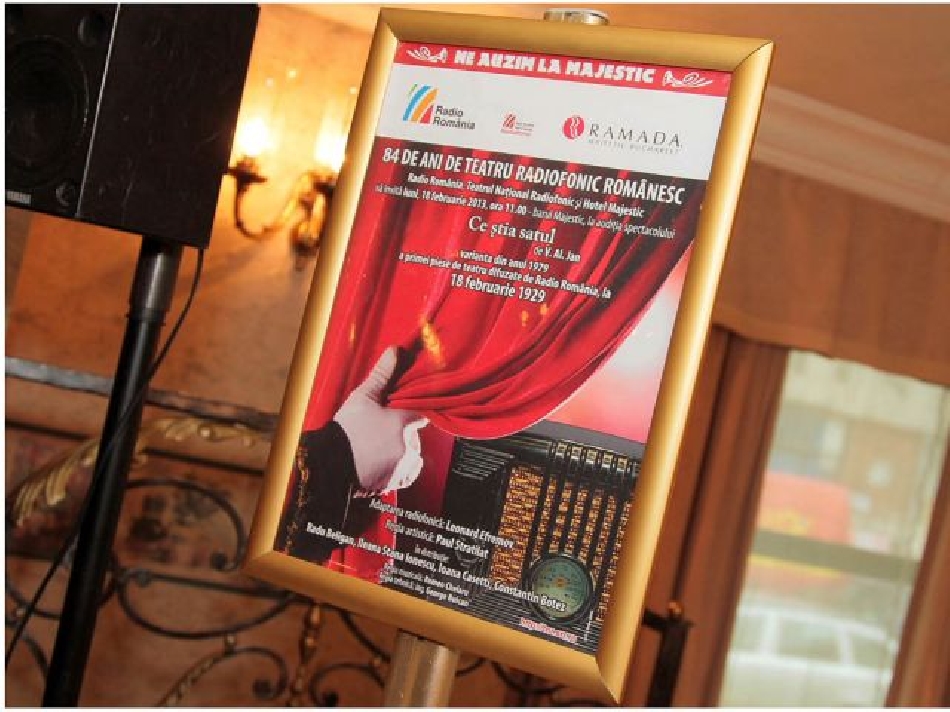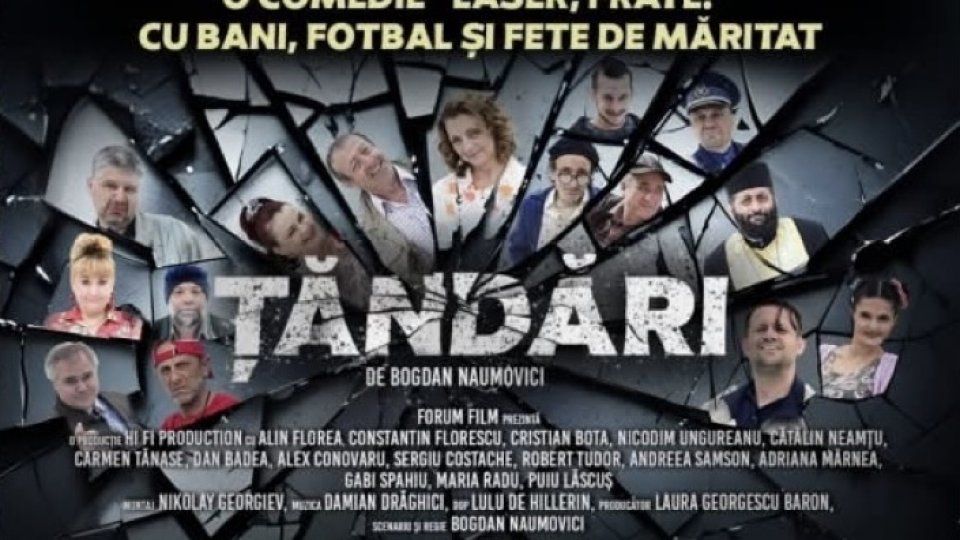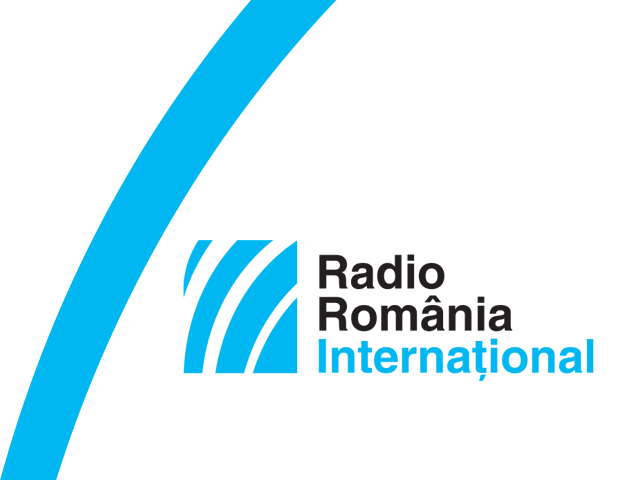The National Radio Drama’s 84th anniversary
A report on the 84th anniversary of the National Radio Drama.

Luana Pleşea, 10.08.2013, 00:23
Ilinca Stihi: “We are a bunch of lunatics in love with sound. We don’t just come over to the radio to record a play, we come to tell a tale of sounds, since sound technology has grown into offering so many new and astoundingly powerful formulas to keep the audience on their toes.”
That is how Ilinca Stihi, the youngest director of the National Radio Drama Department’s team of directors, describes the people she is working with.
On February 18th, 1929, the Romanian Radio Broadcasting Corporation aired the first Romanian radio drama production. The play was “What the Village Knew” by V.Al. Jean. Performing were actors from the Bucharest National Theater, Maria Filotti and Romald Bulfinski. Vasile Manta is the oldest member of Radio Romania’s Drama Department team. He recalls radio drama’s early days:
Vasile Manta: “Back then all broadcast was live. There was no such thing as sound support. The sound support proper was used only after 1950, as the magnetic tape was invented. We started storing the sound in 1952, and since then we have preserved almost all titles we recorded in our tape library. There are over 12 thousand titles of plays, there are absolutely all authors the world may have heard of.”
In the IT age, every now and then radio drama producers reenact the experience of live broadcasts. Attila Vizauer, the head of the Radio Drama Department has more:
Attila Vizauer: “There were times when radio drama was broadcast live with the audience taking part in the transmission. Actors would turn up on stage at Radio Romania ‘s Big Hall, there were also sound specialists, technical staff. The audiences were in the hall and witnessed how a radio drama was being made. On the National Radio Drama’s 84th anniversary we intend to reenact such a show, also in Radio Romania’s Big Hall, with the audience taking part in the show, in a attempt to provide a version of the drama that in 1929 was the first to have been produced by the National Radio Drama Department, “What the Village Knew” by V. Al. Jean.
Eighty-four years on, the National Radio Drama Department, which is part of the public radio, is still a prestigious institution. Speaking again is Attila Vizauer.
“We were born at about the same time as the great European countries– that is around the third decade of the 20th century the first radio dramas were broadcast, so we can say we stand on a par with radio avant-garde. Today, we need to bear that in mind and aim to keep up with those who have been producing top-quality radio drama.”
In spite of some people’s skepticism regarding its future, not only is radio drama alive and kicking, but it also continues to reap prizes in international competitions. Here is Attila Vizauer with more on the latest results obtained by the National Radio Drama.
“I am proud to say that in the past three years, these events have happened quite often, becoming almost a routine. We have reaped awards in Hvar, the festival in Croatia, in Bratislava, in the Prix Italia Festival or the New York Festival. We also took part in the Berlin Festival, but we didn’t get any award there. However we’ve got awards in all the other festivals we have attended. Once we even got the Grand Prize with a production, which pushed us right to the top. Experts from all over the world have appreciated the new and spectacular kind of pieces we put on. I can safely say that the new generation of radio drama directors has won international acclaim for the National Radio Drama.”
This new generation includes Ilinca Stihi, who has made a name for herself with two plays of her own, ‘Maldoror’ and ‘Argentina’. The latter was awarded the Gold Winner in the ‘Special Drama’ section of the New York Festivals Radio Program and Promotion Awards. It also reaped the Grand Prize in Premios Ondas, Barcelona, Prix Marulic at the International Festival of Radio Drama, Fiction and Documentary in Hvar, Croatia also getting a nomination for Prix Italia, in Turin.
Ilinca Stihi: “Argentina was indeed a phenomenon. This production reflected my love for radio, because the main character dies at the microphone during a live transmission. I was inspired by the story I had heard from the jury president during the festival in Croatia, in which we participated with ‘Maldoror’. The story was about Fernando Pena, a famous radio DJ in Argentina, who died of AIDS during a live transmission, while he was trying to impersonate a dying character. Nobody realized that he had died for real and people continued to phone in to talk with him. I was so impressed by the story that I wanted to write about it.”
What is interesting is that Ilinca Stihi is actually a film director. Why did she go in for radio drama?
Ilinca Stihi: “In radio drama I discovered an imaginary space that gives me more freedom of manouvring than the film could have ever offered me. In this very intimate space, in which we work in small teams, we get to know each other very well and that allows for more freedom and originality than in other areas where big teams work and there are big budgets involved.”
As chief editor and director Attila Vizauer has underlined, a night radio drama is listened to by hundreds of thousands of people, whereas in order to get such an audience, a stage production has to be performed hundreds of times. And whenever a radio drama reaches its hundredth anniversary, this is regarded as a special event, but an event like this is quite common for a radio drama. So we are not wrong to say that the National Radio Drama, which has defined itself as a self-sufficient form of art, is the theatre with the largest audience.





























